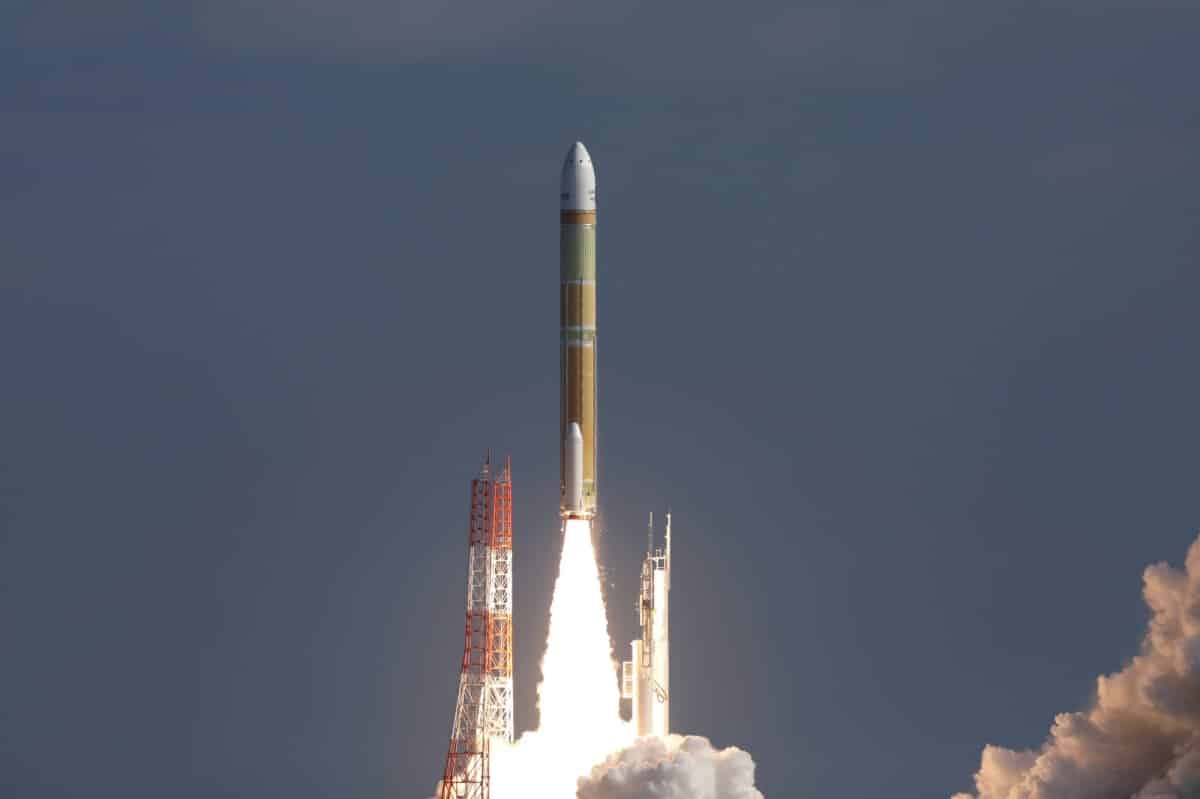Japan Launches Michibiki 6 Satellite Successfully

Japan has made significant strides in its space endeavors with the successful launch of a navigation satellite on Sunday. This mission marks the country’s first space initiative of 2025. The H3 rocket lifted off from the Tanegashima Space Center at 3:30 a.m. EST, carrying the Michibiki 6 satellite. Developed by the Japan Aerospace Exploration Agency (JAXA) in collaboration with Mitsubishi Heavy Industries, the rocket successfully placed the 4,900-kilogram satellite into a geostationary transfer orbit just 29 minutes after liftoff. This launch is a crucial step in enhancing Japan’s Quasi-Zenith Satellite System (QZSS), which has been operational since November 2018.
Michibiki 6 to Strengthen Japan’s Navigation System
The Michibiki 6 satellite is set to significantly improve satellite-based navigation services in Japan and surrounding regions. According to statements from Japanese officials, the QZSS is designed to work in conjunction with the United States’ Global Positioning System (GPS). This collaboration aims to enhance positioning accuracy, especially in urban and mountainous areas where GPS signals can be obstructed. The addition of Michibiki 6 will expand the QZSS’s capabilities, providing better location services across the Asia-Oceania region.
The satellite’s advanced technology will ensure that users receive more reliable navigation data. This is particularly important for sectors such as transportation, logistics, and emergency services, where precise location information is critical. By reinforcing Japan’s satellite positioning capabilities, the Michibiki 6 satellite will play a vital role in improving the overall efficiency and safety of navigation services in the region.
H3 Rocket Gains Momentum After Initial Failure
The H3 rocket, which was used for this mission, represents Japan’s next-generation launch vehicle. It is intended to replace the aging H-2A series. This recent launch marks the fifth flight of the H3 rocket. However, its journey has not been without challenges. The rocket experienced a setback during its maiden launch in March 2023, which resulted in the loss of an Earth observation satellite.
Since that initial failure, all subsequent missions have been executed successfully, showcasing the reliability and advancements of the H3 rocket. The successful launch of Michibiki 6 demonstrates the rocket’s improved performance and the commitment of JAXA and Mitsubishi Heavy Industries to enhance Japan’s space capabilities. This progress is crucial for future missions and the overall growth of Japan’s space program.
Japan’s Expanding Space Initiatives
Japan has been steadily advancing its space program, focusing on various areas such as satellite navigation, communications, and deep-space exploration. The successful launch of Michibiki 6 is just one of many initiatives aimed at strengthening the nation’s technological presence in space. Future launches are expected to further enhance Japan’s capabilities and foster collaborations in both commercial and scientific ventures.
The Japanese government has expressed its commitment to expanding its space initiatives. This includes plans for more satellite launches and partnerships with international space agencies. By investing in space technology, Japan aims to play a significant role in global space exploration and innovation. The successful deployment of the Michibiki 6 satellite is a testament to Japan’s dedication to advancing its space program and enhancing its contributions to the international space community.
Observer Voice is the one stop site for National, International news, Sports, Editor’s Choice, Art/culture contents, Quotes and much more. We also cover historical contents. Historical contents includes World History, Indian History, and what happened today. The website also covers Entertainment across the India and World.

